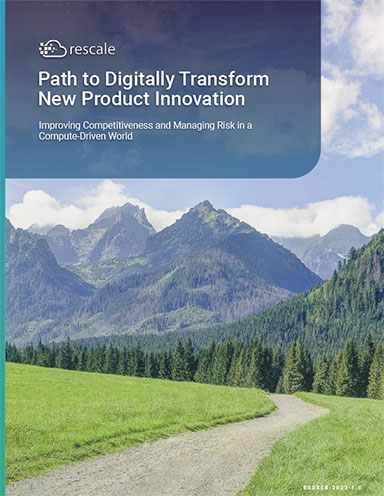Hybrid Work is Here to Stay
An HP Teradici survey flags the ability to deliver a productive employee experience as the greatest challenge to the hybrid work model.
Latest News
December 1, 2022
With 2022 soon a wrap, it’s now firmly established that hybrid work is here to stay. The new reality changes the role of IT and is prompting companies to seek out technology with high security and high performance capabilities to enable collaboration regardless of where employees are working.
Those were among the key takeaways from HP Teradici’s Hybrid Work Report, which dug into the challenges companies face as they implement technologies to support new hybrid work patterns. Other topline findings of the report: Company policies are still evolving, IT is better positioned than ever to influence company policy and culture, and ensuring employee productivity is a top priority.
Sixty percent of report respondents cited hybrid work as strategic with another 35% calling it a “nice to have” benefit for employees. Only 5% of respondents said hybrid work was not important. Experience is everything in the new hybrid work environment, and companies are more willing to invest in better technology and hardware if they see a direct link to the ability to boost employee flexibility and productivity—a trend cited by 56% of HP Teradici survey respondents.
Key to enabling a better hybrid work experience was remote desktop technology, with 30% of respondents confirming plans to increase spending on tools in this category. While remote desktop capabilities are in high demand, there are challenges to implementation. Fifty-nine percent of survey respondents called out performance and user experience issues as a barrier while cumbersome maintenance and management (34%) and difficult implementation processes (32%) were additional hurdles.
There were other technology challenges associated with hybrid work models. Latency, connectivity, or performance was a problem for nearly a third of respondents (29%) while glitches surrounding collaboration (19%) and security (14%) were also a drag on the employee experience. Given the high bandwidth requirements of design tools like simulation and CAD as well as the heightened need for collaboration across a dispersed team, it’s clear remote work challenges could be particularly challenging for the engineering segment.
Yet companies are determined not to let these issues stand in the way of hybrid work deployment. The HP Teradici survey found companies making investments both in technology and business process changes to uplevel the employee experience for hybrid work. According to the survey, 45% are investing in remoting technologies to help employees be more productive from anywhere while more than half (55%) believe handling the hybrid work technologies and processes will be more effective through in-house management. Twenty-three percent are looking to external service providers to improve the employee experience for hybrid work.
This Economist video shows how the pandemic and the rise of hybrid work has changed the nature of the office.
Subscribe to our FREE magazine, FREE email newsletters or both!
Latest News
About the Author
Beth Stackpole is a contributing editor to Digital Engineering. Send e-mail about this article to DE-Editors@digitaleng.news.
Follow DE





